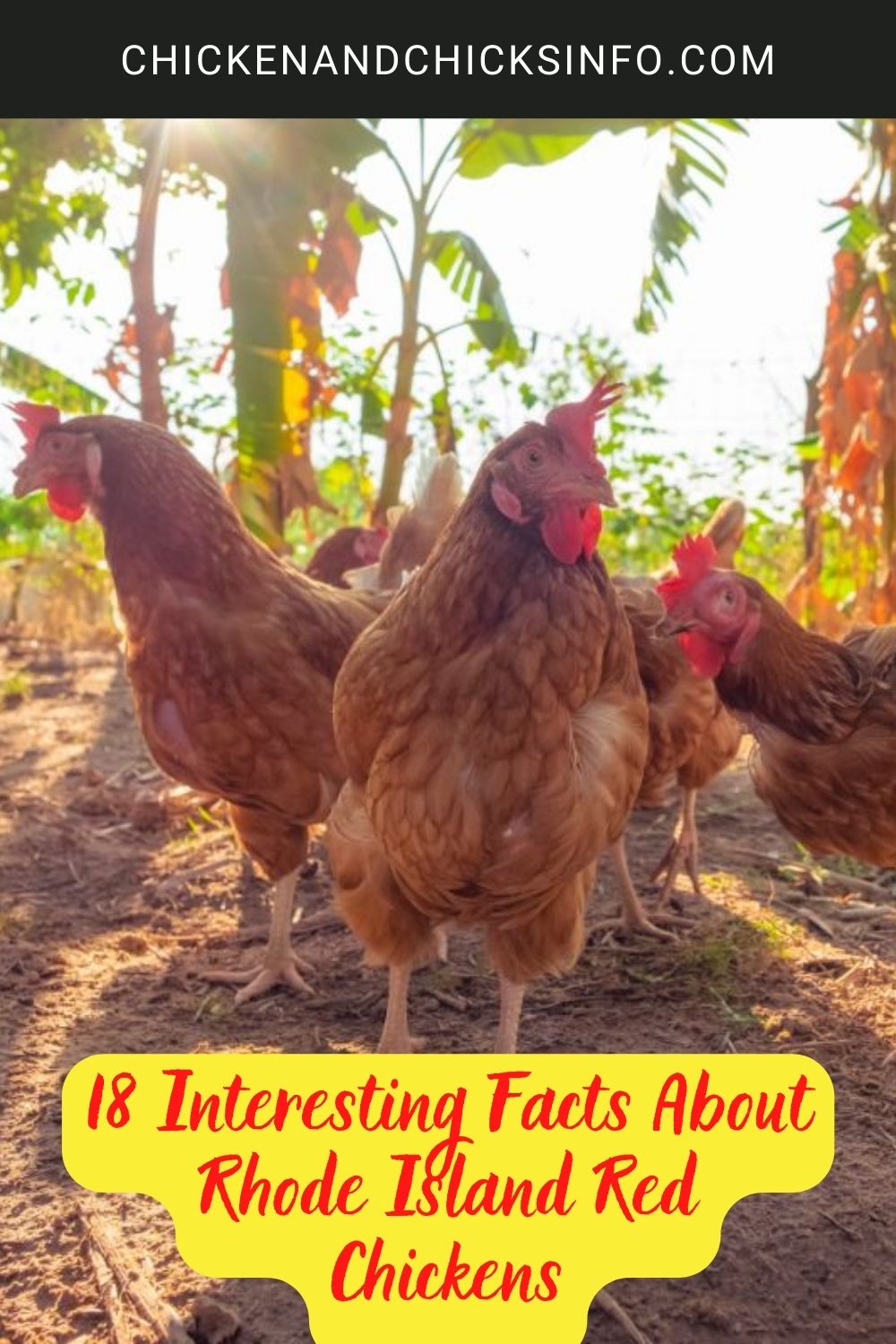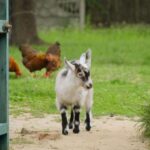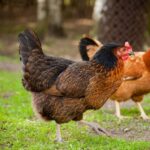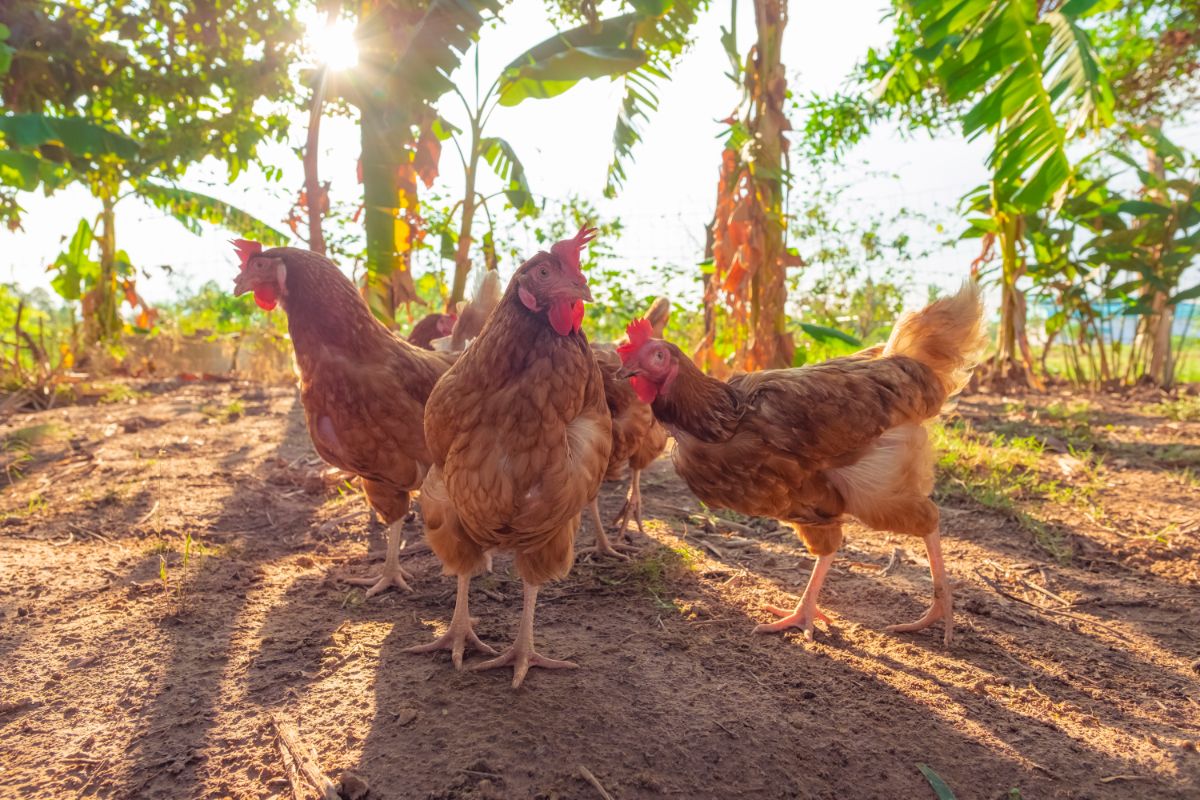
I’m - along with a lot of the backyard chicken keeping community - a huge fan of Rhode Island Reds.
They are one of the most common breeds of backyard chickens. Predominantly due to how easy they are to keep and how many eggs they produce.
There’s a lot more to this breed than meets the eye, however!
Here are some interesting facts about Rhode Island Red chickens that’ll help you better understand this magnificent breed, and give you some info to help impress your friends and family!
18 Interesting Facts About Rhode Island Red Chickens
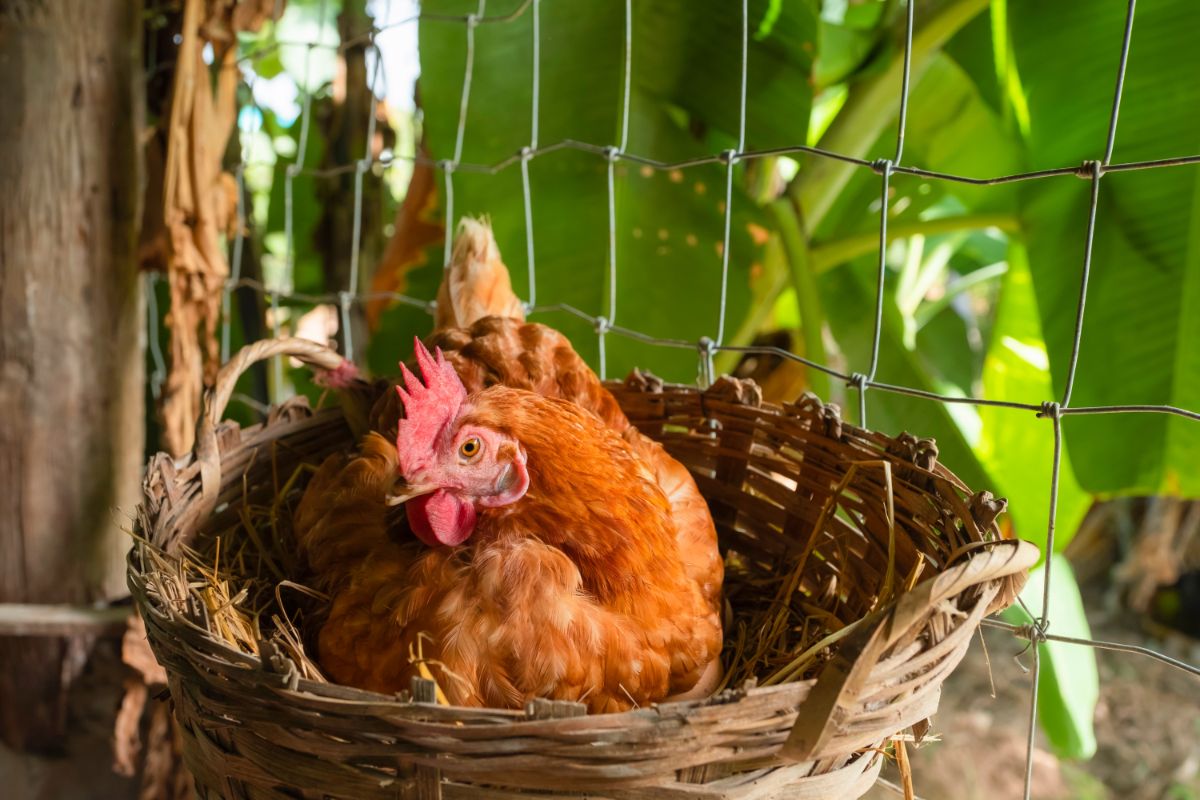
- It will not come as much of a surprise that the Rhode Island Red is named after the state of Rhode Island where it was first developed.
- They are one of the best egg-laying breeds producing anywhere between 250-300 medium to large-sized light brown eggs per year.
- The breed was first created as a result of selective breeding. Birds of Oriental origin were bred with Italian Leghorns, and the result was a superior egg-laying bird.
- In 1954 the state of Rhode Island celebrated the centenary of the breed by unveiling the Rhode Island Red Monument at the William Tripp farm, in Little Crompton, Rhode Island.
- It’s a dual-purpose bird. They are bred for both their meat, which is rich in flavor, and for their consistent egg production.
- They’re easy to keep and popular as backyard flocks. As long as you provide shelter and food, they’ll do the rest and leave an egg in their nesting box for you almost daily.
- Rhode Island Reds lay light brown “classic” looking chicken eggs. This is consistent with them having red earlobes which helps determine the color eggs a chicken will lay.
- It’s officially the state bird of Rhode Island - that’s how proud they are of this magnificent bird!
- Traditionally, they have either a single or rose-comb. It’s a vibrant red in color, as is their wattles and earlobes.
- They are very tolerant of the cold and can handle temperatures below freezing. This doesn’t mean you shouldn’t provide a nice snuggly coop though!
- They have very “individual” personalities. I’ve met some very docile and placid Red’s, as well as some that were a little on the aggressive side.
- They are not the quietest hens and roosters. If you’re looking for a quiet breed for your backyard urban setting, don’t go with an RIR!
- Rhode Island Reds are generally very healthy and not known for any hereditary health issues. They can, of course, fall ill, but with proper care and attention, it’s unlikely.
- For space, it’s recommended you give them around 4 sq ft of space per bird in their coop and 10 sq ft if you keep them enclosed in a run.
- They enjoy being free-range. RIR’s are great at scavenging and finding bugs and other scraps on the floor.
- There is also a Rhode Island White. It originates in the same state but is a different breed. They are also known for being superb layers though.
- Adult hens and roosters are large birds, hens are usually around 6.5 lbs and roosters tip the scales around 8.5lbs.
- If adult birds are too big for you or you don’t have a large enough yard, there are bantam Rhode Island Reds that are around a quarter to half their size.
What Are You Waiting For?
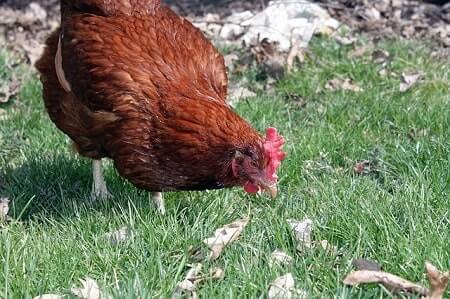
If you don’t already have Rhode Island Reds in your backyard flock, what are you waiting for?
They are one of the most popular breeds for a reason. Well, for several reasons, but you get what I’m saying here.
Red’s are awesome backyard pets. If you have a few of them, just think about how many fresh eggs you’re going to be collecting every week!
A lot of owners start a profitable business selling the eggs they collect from their flock. At worst, you’ll be handing out more eggs than your friends, family, and neighbors will be able to handle.
They are perfectly happy in both an enclosed coop and run setting as they are roaming free-range. So, you can keep them in urban areas, just as well as on a farm.
They adapt well to changes in weather, too, and are kept all over the U.S. as well as most countries across the globe.
There really aren’t any downsides to keeping RIR’s. I mean, how can it get any better than a bird that has been named the national bird for a state that has a monument created in its honor?!
